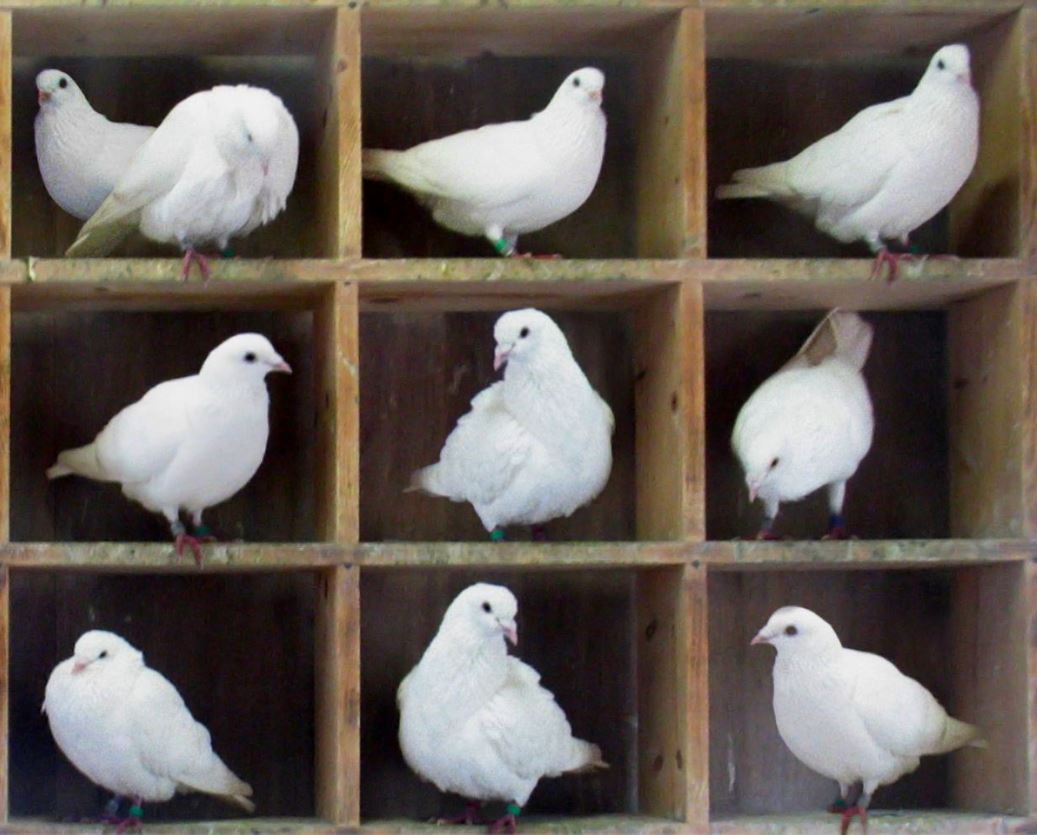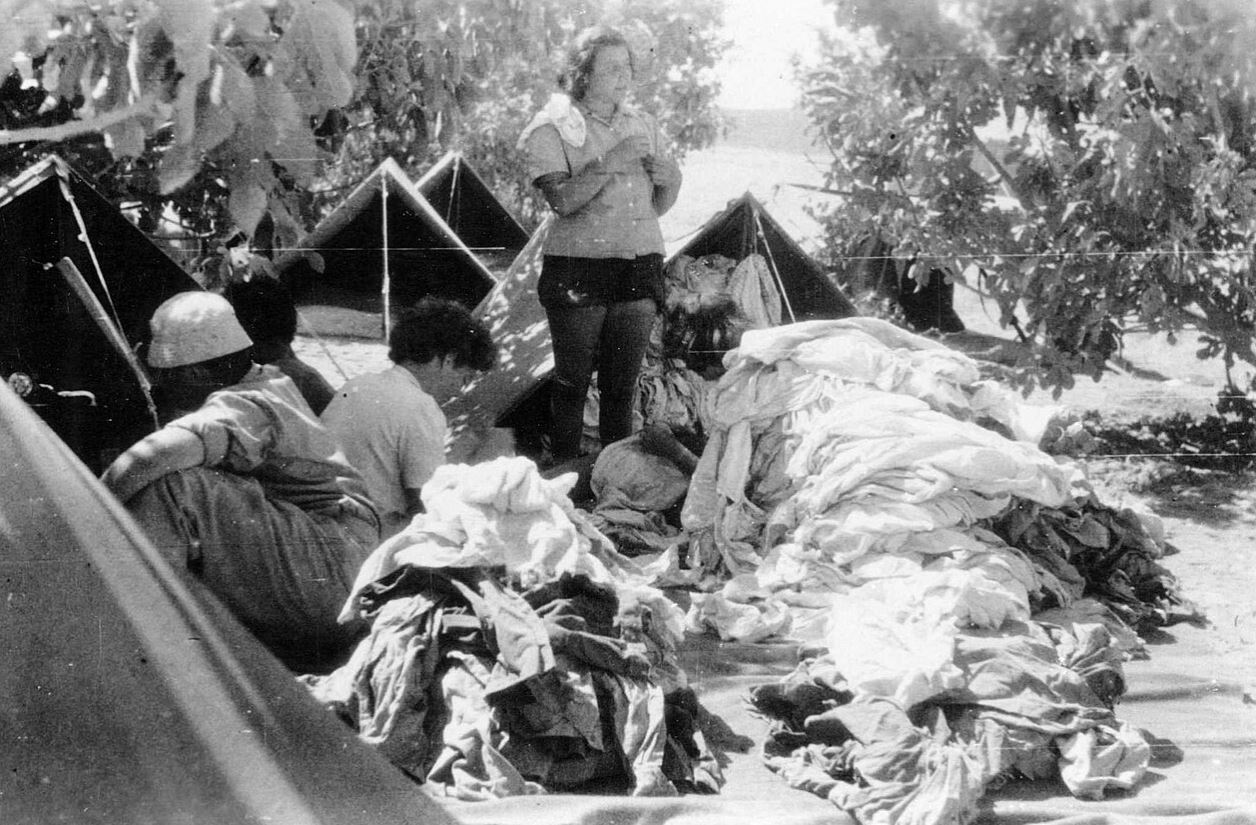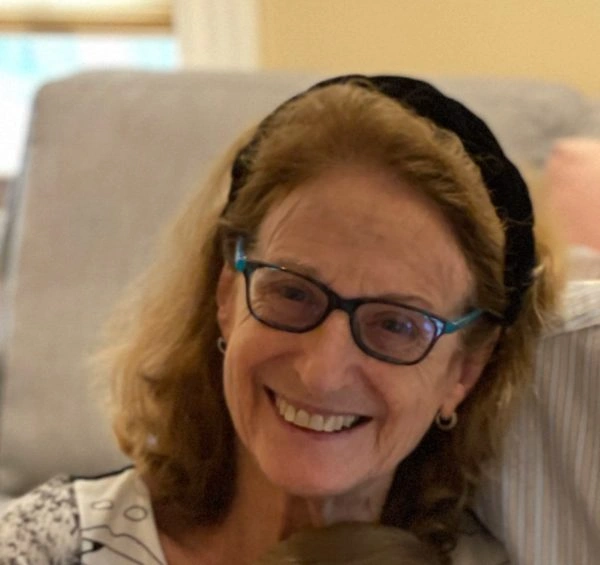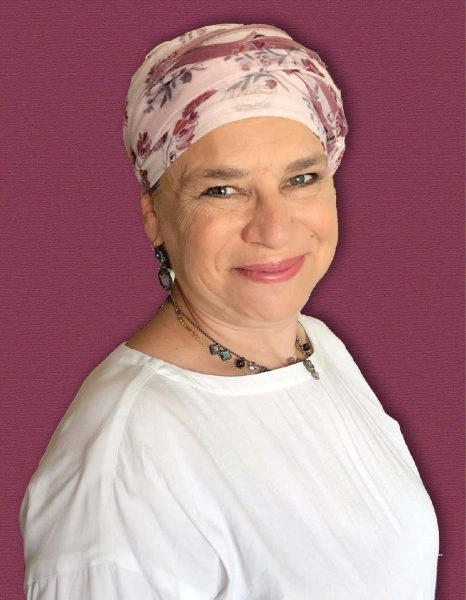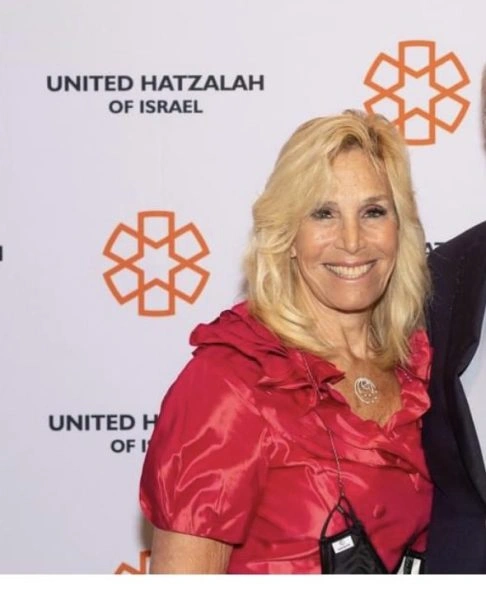Can kodshim kalim be eaten when there is no altar? An alternative opinion is brought. Was the altar in the mishkan in Shilo made of stone? Different opinions are brought. A mishna is brought which says that the altar in the time of the seconbd temple was larger than the first temple. Why?
Masechet Zevachim
Masechet Zevachim is sponsored by Esther Kremer in loving memory of her father, Manny Gross on his third yahrzeit. “He exemplified a path of holiness and purity, living with kedushah in his everyday life.”
This month’s learning is sponsored by Beth Balkany in honor of their granddaughter, Devorah Chana Serach Eichel. “May she grow up to be a lifelong learner.”
This month’s learning is dedicated in memory of Rabbi Dr. Raymond Harari z”l, on his 1st yahrzeit. As an educator, principal of Yeshiva of Flatbush, and community rabbi, he inspired thousands with his wisdom, warmth, and unwavering commitment to Torah.
This week’s learning is sponsored by Ruth and David Kahan in honor of Dr. Jody Dushay and Prof. Paul Gompers. “In gratitude for the ongoing and incredibly gracious hospitality!”
Want to dedicate learning? Get started here:

Masechet Zevachim
Masechet Zevachim is sponsored by Esther Kremer in loving memory of her father, Manny Gross on his third yahrzeit. “He exemplified a path of holiness and purity, living with kedushah in his everyday life.”
This month’s learning is sponsored by Beth Balkany in honor of their granddaughter, Devorah Chana Serach Eichel. “May she grow up to be a lifelong learner.”
This month’s learning is dedicated in memory of Rabbi Dr. Raymond Harari z”l, on his 1st yahrzeit. As an educator, principal of Yeshiva of Flatbush, and community rabbi, he inspired thousands with his wisdom, warmth, and unwavering commitment to Torah.
This week’s learning is sponsored by Ruth and David Kahan in honor of Dr. Jody Dushay and Prof. Paul Gompers. “In gratitude for the ongoing and incredibly gracious hospitality!”
Delve Deeper
Broaden your understanding of the topics on this daf with classes and podcasts from top women Talmud scholars.
New to Talmud?
Check out our resources designed to help you navigate a page of Talmud – and study at the pace, level and style that fits you.
The Hadran Women’s Tapestry
Meet the diverse women learning Gemara at Hadran and hear their stories.
Zevachim 61
הָא רַבִּי יִשְׁמָעֵאל, הָא רַבָּנַן.
This first baraita is in accordance with the opinion of Rabbi Yishmael, who derives that meat of a firstborn offering, which is an offering of lesser sanctity, cannot be consumed if the altar is damaged or absent, based upon the halakha pertaining to the blood of the firstborn. That second baraita is in accordance with the opinion of the Sages, who disagree with Rabbi Yishmael.
וְאִיבָּעֵית אֵימָא: הָא וְהָא בְּקׇדְשֵׁי קָדָשִׁים; וּמַאי בִּשְׁנֵי מְקוֹמוֹת – קוֹדֶם שֶׁיַּעֲמִידוּ לְוִיִּם אֶת הַמִּשְׁכָּן,
And if you wish, say there is a different resolution of the two baraitot: Both this baraita and that baraita are referring to offerings of the most sacred order. And what does the second baraita mean when it says the food may be consumed in two locations? It is referring to when the Israelites arrive at a new camp, before the Levites erect the Tabernacle,
וּלְאַחַר שֶׁיְּפָרְקוּ הַלְוִיִּם אֶת הַמִּשְׁכָּן.
and, when they are leaving the camp, after the Levites dismantle the Tabernacle but before they remove the altar. Since the altar has not yet been moved, it is still permitted to consume the sacrificial food.
מַהוּ דְּתֵימָא: אִיפְּסִיל לְהוּ בְּיוֹצֵא; קָא מַשְׁמַע לַן.
The Gemara continues: It was necessary to state this halakha lest you say that once the partitions surrounding the courtyard have been taken down, the sacrificial food has been disqualified because it is considered to have left the courtyard of the Tabernacle. Therefore, the baraita teaches us that the food is permitted for consumption as long as the altar remains in place.
וְאֵימָא הָכִי נָמֵי! אָמַר קְרָא: ״וְנָסַע אֹהֶל מוֹעֵד״ – אַף עַל פִּי שֶׁנָּסַע, אֹהֶל מוֹעֵד הוּא.
The Gemara challenges: And say it is indeed so, that the sacrificial food should be disqualified because it is no longer within the partitions surrounding the courtyard. The Gemara explains: The verse states: “Then the Tent of Meeting shall travel” (Numbers 2:17). This verse indicates that even though it traveled it is still considered the Tent of Meeting. Therefore, the sacrificial food is not considered to have left its designated area.
אָמַר רַב הוּנָא אָמַר רַב: מִזְבֵּחַ שֶׁל שִׁילֹה – שֶׁל אֲבָנִים הָיָה. דְּתַנְיָא, רַבִּי אֱלִיעֶזֶר בֶּן יַעֲקֹב אוֹמֵר: מָה תַּלְמוּד לוֹמַר ״אֲבָנִים״ ״אֲבָנִים״ ״אֲבָנִים״ שָׁלֹשׁ פְּעָמִים? אֶחָד שֶׁל שִׁילֹה, וְאֶחָד שֶׁל נוֹב וְגִבְעוֹן, וּבֵית עוֹלָמִים.
§ The Gemara raises another discussion concerning the altar: Rav Huna says that Rav says: The altar in Shiloh was fashioned of stones, unlike the portable altar constructed in the time of Moses, which was fashioned from copper. This is as it is taught in a baraita: Rabbi Eliezer ben Yaakov says: Why must the verses state that the altar must be fashioned from stones (Exodus 20:22), and state again that the altar must be fashioned from stones (Deuteronomy 27:5), and mention yet again the word stones (Deuteronomy 27:6), with regard to the altar, for a total of three times? These allude to three different stone altars: One in Shiloh, and one in Nov and Gibeon, and one in the Eternal House, i.e., the Temple.
מֵתִיב רַב אַחָא בַּר אַמֵּי: אֵשׁ שֶׁיָּרְדָה מִן הַשָּׁמַיִם בִּימֵי מֹשֶׁה – לֹא נִסְתַּלְּקָה מֵעַל מִזְבַּח הַנְּחוֹשֶׁת אֶלָּא בִּימֵי שְׁלֹמֹה, וְאֵשׁ שֶׁיָּרְדָה בִּימֵי שְׁלֹמֹה – לֹא נִסְתַּלְּקָה עַד שֶׁבָּא מְנַשֶּׁה וְסִילְּקָהּ. וְאִם אִיתָא, מֵעִיקָּרָא הוּא דְּאִיסְתַּלַּק לֵיהּ!
Rav Aḥa bar Ami raises an objection based on a baraita: The fire that descended from Heaven upon the altar in the days of Moses (see Leviticus 9:24) departed from atop the copper altar only in the days of Solomon, when he replaced the copper altar with a stone altar, and the fire that descended upon the altar in the days of Solomon did not depart until Manasseh came and removed it by destroying the altar. And if it is so that the altar in Shiloh was fashioned of stones, it emerges that the fire departed the copper altar earlier, when the stone altar in Shiloh replaced the copper altar of Moses, many years before King Solomon.
הוּא דְּאָמַר – כְּרַבִּי נָתָן; דְּתַנְיָא, רַבִּי נָתָן אוֹמֵר: מִזְבֵּחַ שֶׁל שִׁילֹה – שֶׁל נְחוֹשֶׁת הָיָה, חָלוּל וּמָלֵא אֲבָנִים.
The Gemara explains: Rav Huna stated his opinion in accordance with the statement of Rabbi Natan, as it is taught in a baraita that Rabbi Natan says: The altar in Shiloh was fashioned of copper; it was hollow and full of stones.
רַב נַחְמָן בַּר יִצְחָק אָמַר: מַאי לֹא נִסְתַּלְּקָה – לֹא נִסְתַּלְּקָה לְבַטָּלָה. מַאי הִיא? רַבָּנַן אָמְרִי: שְׁבִיבָא הֲוָה מְשַׁדְּרָא. רַב פָּפָּא אָמַר: אוּשְׁפִּיזָא הֲוָה נָקֵט, וְזִימְנִין הָכָא וְזִימְנִין הָכָא.
Rav Naḥman bar Yitzḥak says there is an alternative answer: What is the meaning of the statement in the baraita that the fire did not depart until the days of Solomon? It means that it did not depart in a manner in which it was nullified; it was still somewhat present in Shiloh on the copper altar, which stood together with the stone altar. The Gemara asks: What is it, i.e., what does it mean that the fire did not depart a manner in which it was nullified? The Gemara answers: The Rabbis say: The fire on the copper altar would emit sparks toward the stone altar when the priests would sacrifice offerings on the stone altar. Rav Pappa says: The fire was as a guest; sometimes it was here, on the copper altar, and sometimes it was there, on the stone altar.
תְּנַן הָתָם: וּכְשֶׁעָלוּ בְּנֵי הַגּוֹלָה – הוֹסִיפוּ עָלָיו אַרְבַּע אַמּוֹת מִן הַדָּרוֹם וְאַרְבַּע אַמּוֹת מִן הַמַּעֲרָב, כְּמִין גַּמָּא. מַאי טַעְמָא? אָמַר רַב יוֹסֵף: מִשּׁוּם דְּלָא סָפֵק.
§ The Gemara continues discussing the altar: We learned in a mishna there (Middot 35b): The altar in the First Temple was twenty-eight by twenty-eight cubits. When the members of the exile ascended to Jerusalem in the beginning of the Second Temple period, they added four cubits to it on the south and four cubits on the west sides of the altar, like the shape of the Greek letter gamma, i.e., the additions made a right angle. As a result, the altar in the Second Temple was thirty-two by thirty-two cubits. The Gemara asks: What was the reason for this expansion? Rav Yosef said: Because the size of the altar from the First Temple was not sufficient.
אֲמַר לֵיהּ אַבָּיֵי: הַשְׁתָּא מִקְדָּשׁ רִאשׁוֹן, דִּכְתִיב בֵּיהּ: ״יְהוּדָה וְיִשְׂרָאֵל רַבִּים כַּחוֹל אֲשֶׁר עַל שְׂפַת הַיָּם״ – סְפֵק; מִקְדָּשׁ שֵׁנִי, דִּכְתִיב בֵּיהּ: ״כׇּל הַקָּהָל כְּאֶחָד אַרְבַּע רִבּוֹא״ – לֹא סָפֵק?! אֲמַר לֵיהּ: הָתָם אֵשׁ שֶׁל שָׁמַיִם מְסַיַּיעְתָּן, הָכָא אֵין אֵשׁ שֶׁל שָׁמַיִם מְסַיַּיעְתָּן.
Abaye said to him: Now, if in the First Temple era, about which it is written: “Judah and Israel were many as the sand that is by the sea” (I Kings 4:20), the altar was sufficient, how could it be that in the Second Temple era, about which it is written: “The whole congregation together was forty and two thousand three hundred and sixty” (Ezra 2:64), the altar was not sufficient? Rav Yosef said to Abaye: There, in the First Temple, a heavenly fire would assist them and consume the offerings. Here, in the Second Temple, there was no heavenly fire that would assist them. Therefore, they needed a larger area in which to burn the offerings.
כִּי אֲתָא רָבִין, אָמַר רַבִּי שִׁמְעוֹן בֶּן פַּזִּי מִשּׁוּם בַּר קַפָּרָא: שִׁיתִין הוֹסִיפוּ. מֵעִיקָּרָא סְבוּר: ״מִזְבַּח אֲדָמָה״ – שֶׁהוּא אָטוּם בָּאֲדָמָה.
When Ravin came from Eretz Yisrael to Babylonia, he reported that which Rabbi Shimon ben Pazi says in the name of Bar Kappara with regard to the expansion of the altar: They expanded the altar to extend over the underground cavities into which the libations flowed. Initially, in the First Temple era, they held that when the verse states: “An altar of earth you shall make for Me” (Exodus 20:21), it means that it should be completely filled with earth.
וּלְבַסּוֹף סְבוּר: שְׁתִיָּה כַּאֲכִילָה, וּמַאי ״מִזְבַּח אֲדָמָה״ – שֶׁהוּא מְחוּבָּר בַּאֲדָמָה; שֶׁלֹּא יִבְנֶנּוּ לֹא עַל גַּבֵּי כִּיפִּים
But ultimately, in the Second Temple era, they maintained that the altar’s drinking is like its eating, i.e., just as the offerings are burned upon the altar, so too, the libations must be poured onto the altar itself and not down its side. Consequently, they expanded the altar to cover the underground cavities, and created holes in the altar so that the libations could be poured on top of the altar and flow into the underground cavities. And according to this, what is the meaning of the phrase “an altar of earth”? It teaches that the altar must be attached to the earth, so that one may not build it on top of arches






